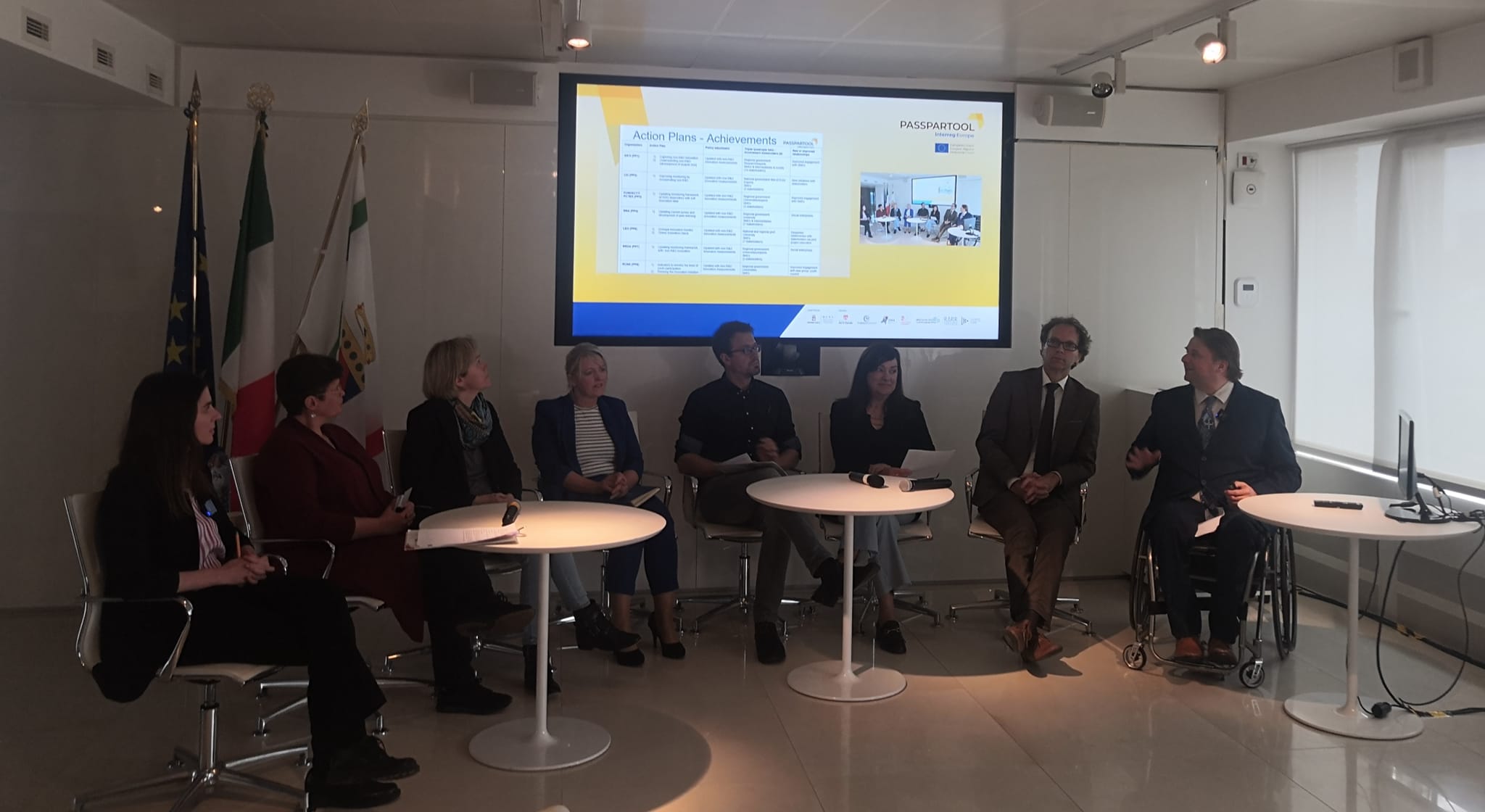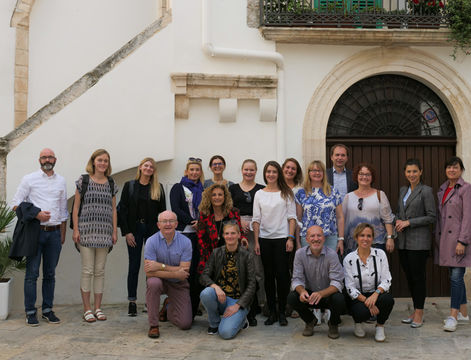Not so different after all!
Along the exploration path throughout the instruments to promote and monitor non-R&D innovation, the PASSPARTOOL consortium reached a first significant outcome highlighting the complementarity, rather than the difference between R&D and non-R&D innovation.
A field work based on peer review among project partners, a set of interviews conducted by experts from University of Groningen and a collection of Non-R&D innovation initiatives led to interesting observations.
Indeed, there are several reasons why it makes sense to think of R&D and Non-R&D innovation as synergetic actions:
- non-R&D investments can be the precursors of R&D (e.g. IT systems that generate data for researchers to analyze);
- in given sectors (i.e. Biotech), R&D projects require large co-investments in marketing to succeed (Corrado and Hulten, 2010, p. 100);
- novel organizational structures and business models may prompt R&D in completely new avenues;
- non-R&D engineering activities, including observations and challenges encountered during “routine” construction, installation and maintenance, are frequent inspiration for R&D;
- design thinking – incl. but not just graphics, fashion, industrial, systems design – can result in architectural innovation, and inspire new business models.
A consultation with expert from JRC European Commission, Dimitrios Pontikakis, also highlighted how that the economic value from innovation comes from bundles of R&D and non-R&D innovation, as showed by the empirical evidence presented in the work of Rinaldo Evangelista and Antonio Vezzani “The economic impact of technological and organizational innovations. A firm-level analysis” (2010).
In line with the above, project partner Northern Netherlands Alliance (NNA) invested in developing support for non-R&D innovation through the KEI and VIA instruments, which subsidise knowledge exchange through temporary hires, exchange of personnel and other means (see Good Practices for more details). The support for KEI and Via lay on strong empirical grounds: an earlier analysis of the NNA’s annual survey data among SMEs revealed that SMEs can improve the economic returns of their innovation activity when they simultaneously introduce organizational innovation (i.e., alter the organization setup and procedures).
To conclude: Non-R&D innovation, albeit valuable per se, also provides the in-house apparatus necessary for R&D, including measurement, instrumentation, prototyping and quality control capabilities, proprietary data for experimentation and analysis, knowledge of sources of financing and investment possibilities, project scheduling, procurement, management and bargaining of contracts.











